Home>Garden Essentials>When Do You Plant Zinnia Seeds
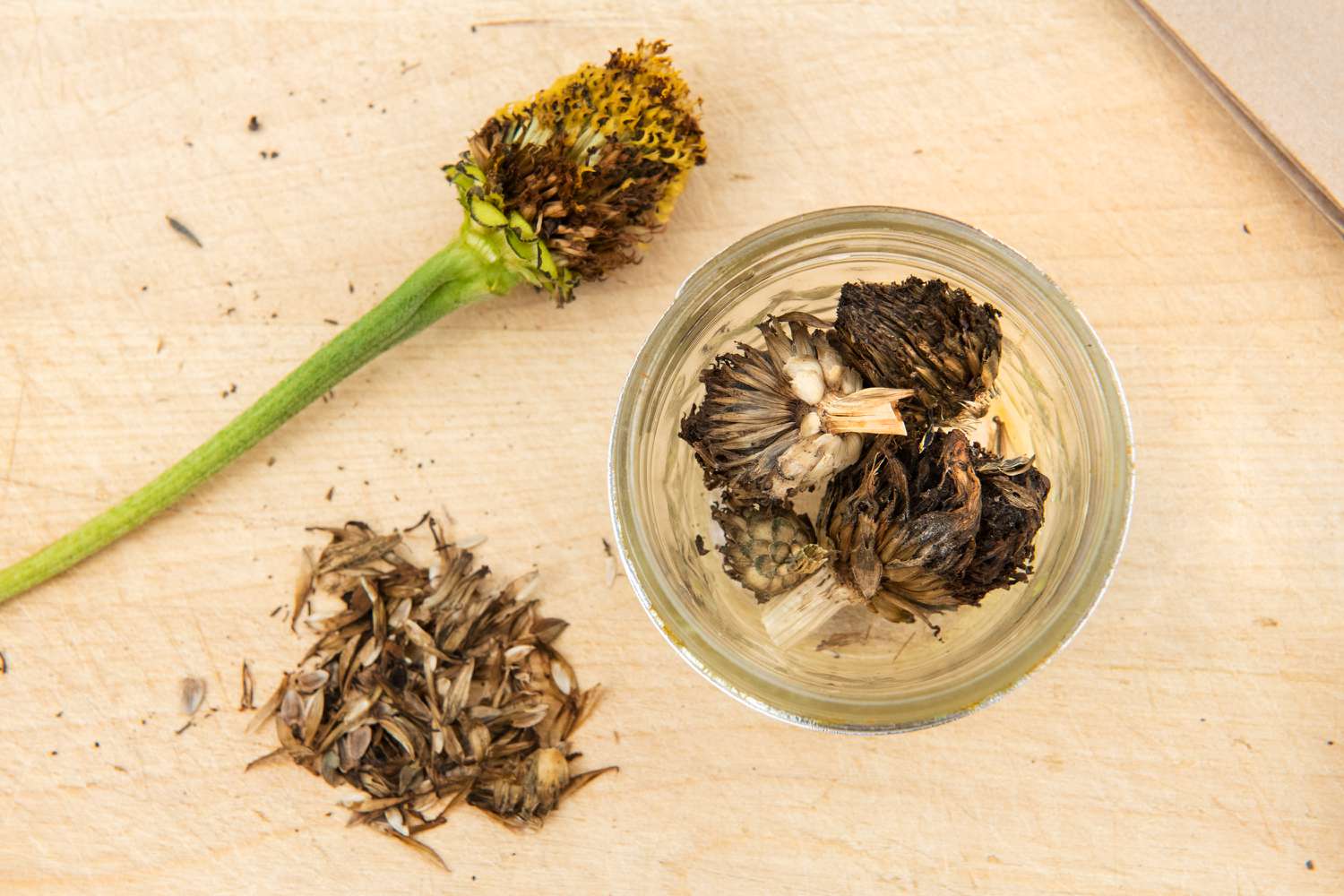

Garden Essentials
When Do You Plant Zinnia Seeds
Modified: May 6, 2024
Learn when and how to plant zinnia seeds in your garden for vibrant blooms all summer. Get expert advice and tips for successful zinnia planting.
(Many of the links in this article redirect to a specific reviewed product. Your purchase of these products through affiliate links helps to generate commission for Storables.com, at no extra cost. Learn more)
Introduction
Welcome to the wonderful world of zinnias! These colorful and vibrant flowers are a popular choice among gardeners, thanks to their stunning blooms and easy-to-grow nature. If you’re planning to add zinnias to your garden, one of the first questions you may have is: when do you plant zinnia seeds?
In this article, we will explore the ideal planting time for zinnia seeds, along with factors to consider and tips for successful germination and growth. Whether you’re a seasoned gardener or a beginner, this guide will help you make the most of your zinnia planting experience and ensure a bountiful display of beautiful blooms.
But before we dive into the details of planting zinnia seeds, let’s first understand a little more about these delightful flowers and why they are such a popular choice among garden enthusiasts.
Zinnias (Zinnia elegans) are native to Mexico and are part of the daisy family (Asteraceae). They are known for their stunning, dahlia-like flowers that come in a wide array of colors including red, orange, yellow, pink, purple, and white. Zinnias are often used as cut flowers due to their long-lasting blooms and are also attractive to butterflies, making them a great addition to any pollinator-friendly garden.
One of the reasons why zinnias are so beloved by gardeners is their versatility. These annual plants can be grown in beds, borders, containers, or even as a focal point in a flower garden. They are easy to grow from seeds and generally require minimal maintenance once established. With proper care and the right planting time, you can enjoy a summer filled with a stunning display of zinnias in your garden.
Now that we have established the charm and appeal of zinnias, let’s move on to the crucial question: when is the best time to plant zinnia seeds?
Read on to find out!
Understanding Zinnia Seeds
If you want to start growing zinnias in your garden, it’s essential to have a good understanding of zinnia seeds. Zinnia seeds come in different varieties and colors, and selecting the right seeds is the first step towards a successful and vibrant zinnia garden.
When shopping for zinnia seeds, you’ll come across terms like “heirloom,” “hybrid,” and “open-pollinated.” Heirloom zinnia seeds refer to varieties that have been passed down through generations and have unique characteristics. These seeds are known for their consistency and ability to produce offspring with similar traits. Hybrid zinnia seeds, on the other hand, are created by cross-breeding two different zinnia varieties to create a new variety with desirable traits, such as disease resistance or unique color patterns. Open-pollinated zinnia seeds are non-hybrid varieties that can be pollinated by insects or wind, allowing for natural genetic diversity.
Another important factor to consider when selecting zinnia seeds is the flower type. Zinnias come in different forms, including single-flowered zinnias with one layer of petals, semi-double zinnias with two or three rows of petals, and double-flowered zinnias with numerous layers of petals. Each type has its own unique charm and can be chosen based on personal preference or the desired look for your garden.
When it comes to colors, zinnias offer a wide range of options. From vibrant and bold shades to soft pastels, there is a zinnia color to suit every taste. Consider the overall color scheme of your garden and choose zinnia varieties that will complement the existing plants and create a visually appealing display.
Additionally, zinnia seeds vary in size and shape. Some zinnia seeds are larger and easier to handle, while others may be smaller and require extra care during planting. It’s important to read the seed packet instructions carefully to understand the recommended planting depth and spacing for the specific variety you have chosen.
Now that we have covered the basics of zinnia seeds, let’s move on to the ideal planting time for these delightful flowers.
Key Takeaways:
- Plant zinnia seeds in late spring to early summer, after the last frost. Choose a sunny spot with well-draining soil, and follow seed packet instructions for spacing and depth.
- Provide care for zinnia seedlings by watering consistently, thinning out weaker seedlings, fertilizing with balanced fertilizer, and supporting taller varieties. Regular maintenance and deadheading will ensure continuous blooming.
Read more: How Do You Save Zinnia Seeds
Ideal Planting Time for Zinnia Seeds
The ideal planting time for zinnia seeds depends on your location and the climate of your region. Zinnias thrive in warm weather and require full sun to grow and bloom to their fullest potential.
In general, zinnia seeds can be planted outdoors after the threat of frost has passed and the soil has warmed up. For most regions, this usually falls between late spring and early summer. It’s important to wait until the soil temperature reaches around 70°F (21°C) for optimal germination.
If you’re unsure about the timing, you can use the last frost date in your area as a guideline. Check with your local gardening extension or use online resources to determine the average last frost date in your region. Subtract a couple of weeks from this date to give the zinnias enough time to germinate and establish strong roots before the summer heat sets in.
However, if you live in a region with a short growing season, you may consider starting zinnia seeds indoors 4 to 6 weeks before the last expected frost date. This gives the zinnias a head start and helps ensure a longer blooming period for your garden.
Prior to planting, it’s important to prepare the soil to create the optimal conditions for zinnia growth. Choose a location that receives at least 6 to 8 hours of direct sunlight per day. Zinnias prefer well-draining soil, so make sure to amend the soil with organic matter or compost to improve drainage. Remove any weeds or debris from the planting area and loosen the soil with a garden fork or tiller.
Once the soil is prepared and the timing is right, it’s time to sow the zinnia seeds. Follow the package instructions for the specific variety you have chosen. Generally, zinnia seeds can be planted directly in the garden, spaced about 6 to 12 inches apart, and covered with a thin layer of soil. Water the seeds gently to keep the soil moist but avoid overwatering, as excessive moisture can lead to rot.
Now that you have planted the zinnia seeds, it’s important to provide proper care to ensure healthy germination and growth. We will cover the essential care requirements for zinnia seedlings in the next section.
Before we move on, remember that these guidelines are general recommendations and may vary based on your specific growing conditions. Always refer to the seed packet instructions for the best results.
Factors to Consider
When planting zinnia seeds, there are several factors to consider that can greatly impact the success and growth of your zinnia plants.
One of the primary factors to consider is the climate and temperature of your region. Zinnias thrive in warm weather and require a frost-free growing season to reach their full potential. While they can tolerate some cooler temperatures, it’s important to avoid planting zinnias too early in the season when there is still a risk of frost. Additionally, zinnias may struggle in regions with excessively hot and humid summers, as these conditions can lead to disease development.
The quality of the soil is another important consideration. Zinnias prefer well-draining soil that is rich in organic matter. If your soil is heavy or clay-like, consider amending it with compost or well-rotted manure to improve drainage. This will help prevent waterlogging and root rot, allowing the zinnias to establish healthy roots and thrive. Conduct a soil test to determine the pH level and make any necessary adjustments to ensure optimal growing conditions for your zinnias.
Another factor to consider is the amount of sunlight your planting area receives. Zinnias require full sun, which means they need at least 6 to 8 hours of direct sunlight per day. It’s important to choose a location that offers ample sunshine throughout the day to promote healthy growth and abundant blooms. Planting zinnias in a shaded or partially shaded area may result in leggy plants with fewer flowers.
Spacing is an often overlooked factor but can greatly impact the growth and overall appearance of your zinnias. Proper spacing allows for good air circulation between the plants, reducing the risk of disease and promoting healthy growth. Depending on the variety, zinnias should be spaced about 6 to 12 inches apart. Be sure to follow the specific spacing recommendations for the variety you are planting to give your zinnias enough room to flourish.
Lastly, consider the aesthetics and design of your garden when deciding where to plant zinnias. Take into account the height and color of the zinnia variety, and how it will complement the surrounding plants and flowers. Planning the placement of zinnias strategically can create a visually appealing and cohesive garden design.
By considering these factors and making the necessary adjustments, you can create an optimal environment for your zinnias to thrive and produce a stunning display of colorful blooms.
Preparing the Soil
Preparing the soil is a crucial step in ensuring the success of your zinnia plants. By providing the right conditions for growth, you can help your zinnias establish strong roots and encourage healthy development.
The first step in preparing the soil is to choose a suitable location for planting. Zinnias thrive in well-draining soil and require full sun to grow and bloom to their fullest potential. Select an area in your garden that receives at least 6 to 8 hours of direct sunlight per day.
Once you have chosen the location, it’s time to prepare the soil. Start by removing any weeds, rocks, or debris from the planting area. Clearing the space will not only improve the appearance of your garden but also reduce competition for nutrients and water.
The next step is to loosen the soil. Zinnias prefer soil that is loose and well-aerated, allowing their roots to penetrate easily. Use a garden fork or tiller to break up any compacted soil and create a loose and friable texture. Be careful not to disturb any existing plant roots or beneficial organisms in the soil during this process.
Depending on the quality of your soil, it may benefit from the addition of organic matter. Compost, well-rotted manure, or leaf mold can be incorporated into the soil to improve its fertility and structure. Organic matter helps retain moisture, provides nutrients, and enhances the overall health of the soil ecosystem. Work in a generous amount of organic matter into the top few inches of soil, ensuring it is evenly distributed.
Before planting zinnia seeds, it’s important to test the pH level of the soil. Zinnias prefer a slightly acidic to neutral pH range between 6.0 and 7.0. If your soil is too acidic (below 6.0) or too alkaline (above 7.0), you may need to make the necessary adjustments. Add lime to raise the pH level if it is too acidic or add elemental sulfur if it is too alkaline. Follow the recommended application rates based on your soil test results.
After making the amendments, gently rake the soil to ensure it is level and ready for planting. Avoid compacting the soil as this can hinder root growth and drainage.
By taking the time to properly prepare the soil, you are creating a favorable environment for your zinnias to thrive. Nutrient-rich soil, good drainage, and proper pH levels will provide the foundation for healthy growth and beautiful blooms.
You can plant zinnia seeds outdoors after the last frost date in your area. They need warm soil to germinate, so wait until the soil temperature is at least 70°F (21°C). Keep the soil moist but not waterlogged for best results.
Planting Zinnia Seeds
Now that you have prepared the soil, it’s time to plant your zinnia seeds. Follow these simple steps to ensure successful germination and healthy growth of your zinnia plants.
1. Read the instructions: Start by carefully reading the seed packet instructions. Each variety may have specific planting requirements or recommendations that you should be aware of. Pay attention to the recommended planting depth, spacing, and any other specific instructions provided.
2. Determine the planting method: There are two main methods for planting zinnia seeds: direct sowing and starting indoors. Direct sowing involves planting the seeds directly in the garden bed, while starting indoors involves planting the seeds in pots or trays indoors before transplanting them outside. Choose the method that best suits your gardening preferences and growing conditions.
3. Direct sowing: If you choose to direct sow your zinnia seeds, gently press the seeds into the soil at the recommended planting depth. Generally, zinnia seeds should be planted about ¼ to ½ inch deep. Space the seeds according to the recommended spacing for the variety you are planting.
4. Starting indoors: If you prefer to start your zinnia seeds indoors, fill seed trays or pots with a well-draining seed starting mix. Moisten the mix before planting the seeds. Place one or two zinnia seeds in each cell or pot, and cover them with a thin layer of soil. Keep the soil consistently moist and provide warmth and light to encourage germination.
5. Watering: After planting, water the zinnia seeds gently to ensure the soil is evenly moist. Avoid overwatering, as excessive moisture can cause the seeds to rot. Use a gentle mist or a watering can with a fine spout to prevent displacement of the seeds.
6. Provide the right conditions: Zinnia seeds require warmth to germinate. Keep the soil temperature consistently around 70°F (21°C) for optimal germination. If starting indoors, place the seed trays or pots in a warm location or use a seedling heat mat to maintain the desired temperature.
7. Patience and care: Once the zinnia seeds have been planted, they will require patience and care. Be attentive to moisture levels, ensuring the soil stays evenly moist but not waterlogged. Keep an eye out for any signs of emerging seedlings and adjust watering as necessary. Once the seedlings have established and developed a few sets of true leaves, you can gradually reduce the frequency of watering.
By following these steps and providing the right conditions for germination, you can look forward to the emergence of healthy zinnia seedlings in no time. With patience and care, you will soon enjoy the beauty of zinnias blooming in your garden.
Read more: When Do You Plant Carrot Seeds
Caring for Zinnia Seedlings
As your zinnia seedlings begin to emerge, it’s important to provide proper care to ensure their healthy growth and development. Here are some essential care tips to keep in mind:
1. Watering: Zinnia seedlings require regular and consistent watering. Keep the soil evenly moist, but be careful not to overwater, as this can lead to root rot. Water at the base of the plants to avoid wetting the foliage, which can make the plants more susceptible to disease.
2. Thinning: If you planted multiple seeds in one hole or cell, thin out the weaker seedlings to give the remaining ones more space to grow. This will prevent overcrowding and ensure proper airflow and light penetration, reducing the risk of disease.
3. Fertilizing: When the zinnia seedlings have true leaves, you can start fertilizing them. Use a balanced, water-soluble fertilizer according to the package instructions. Avoid over-fertilizing, as excessive nutrients can lead to lush foliage but fewer blooms.
4. Mulching: Apply a layer of organic mulch around the base of the zinnia seedlings to help conserve moisture, suppress weed growth, and regulate soil temperature. Organic mulch, such as straw or shredded bark, also adds nutrients to the soil as it breaks down over time.
5. Supporting: Depending on the height and form of the zinnia varieties you planted, some may require support as they grow taller. Install stakes or use a plant support system early on to prevent the plants from flopping over and to maintain their upright growth habit.
6. Pest and disease control: Keep an eye out for common pests such as aphids, caterpillars, or spider mites. Regularly inspect the plants and take appropriate measures if you notice any signs of pest damage. In terms of diseases, zinnias are generally resistant, but in humid conditions, they can be susceptible to powdery mildew. To prevent this, avoid overhead watering and ensure good air circulation around the plants.
7. Deadheading: To encourage continuous blooming, remove faded flowers by snipping them off at the base. Deadheading redirects the plant’s energy into producing more blooms instead of seed development. Regular deadheading will keep your zinnias blooming profusely throughout the growing season.
8. Regular maintenance: Throughout the growing season, monitor your zinnia plants for any signs of stress, nutrient deficiencies, or disease. Take prompt action to address any issues that arise, such as providing additional water during dry periods or adjusting fertilizer applications as needed.
By following these care tips, you can help your zinnia seedlings thrive and reach their full potential. With proper attention and maintenance, you will be rewarded with a vibrant and stunning display of zinnia blooms in your garden.
Conclusion
Congratulations on learning about the optimal planting time and care for zinnia seeds! By understanding the needs of these beautiful flowers and providing them with the right conditions, you can enjoy a garden filled with vibrant and colorful zinnia blooms.
From understanding zinnia seeds and selecting the right varieties to preparing the soil and planting the seeds, every step plays a crucial role in your zinnia gardening success. Remember to consider factors such as climate, soil quality, sunlight, and spacing to create an ideal environment for your zinnias to flourish.
As your zinnia seedlings emerge, be sure to provide them with proper care including regular watering, fertilizing, mulching, and support when needed. Pay attention to pest and disease control, and don’t forget the benefits of deadheading to encourage continuous blooming.
Zinnias are known for their versatility and beauty, making them an excellent addition to any garden. Whether you plant them in beds, borders, containers, or use them as cut flowers, zinnias are sure to bring joy and charm to your outdoor space.
Remember, gardening is a journey, and with each season you’ll learn more about the specific needs of your zinnias and how to optimize their growth. Enjoy the process, experiment with different varieties, and take pride in the beauty you create in your garden.
So go ahead, grab your zinnia seeds, prepare the soil, and get ready to witness the magic of these stunning flowers as they bring color and life to your garden. Happy gardening!
Now that you've got the scoop on planting zinnia seeds, why not spruce up your garden's boundaries? Our article on garden fence ideas offers creative options to enhance your outdoor space. After setting up those stunning barriers, you might want to step into the world of flower gardens. We have straightforward tips on planting a vibrant flower garden that will turn heads in your neighborhood. Whether you're a novice or a seasoned green thumb, these guides will help your garden grow into a breathtaking oasis.
Frequently Asked Questions about When Do You Plant Zinnia Seeds
Was this page helpful?
At Storables.com, we guarantee accurate and reliable information. Our content, validated by Expert Board Contributors, is crafted following stringent Editorial Policies. We're committed to providing you with well-researched, expert-backed insights for all your informational needs.
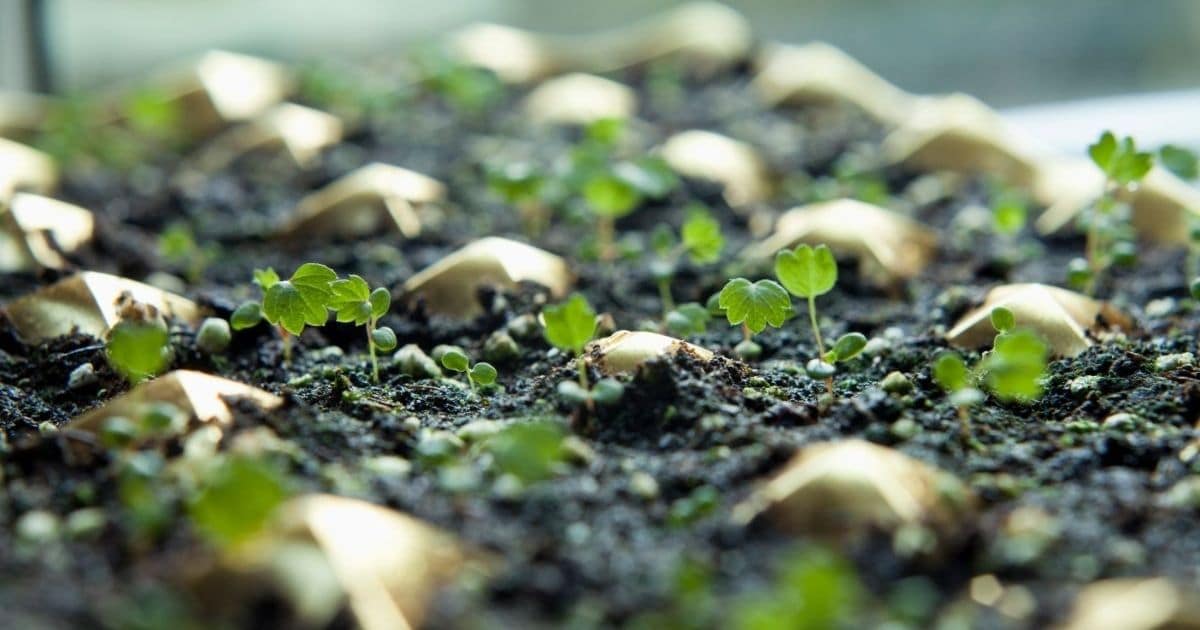
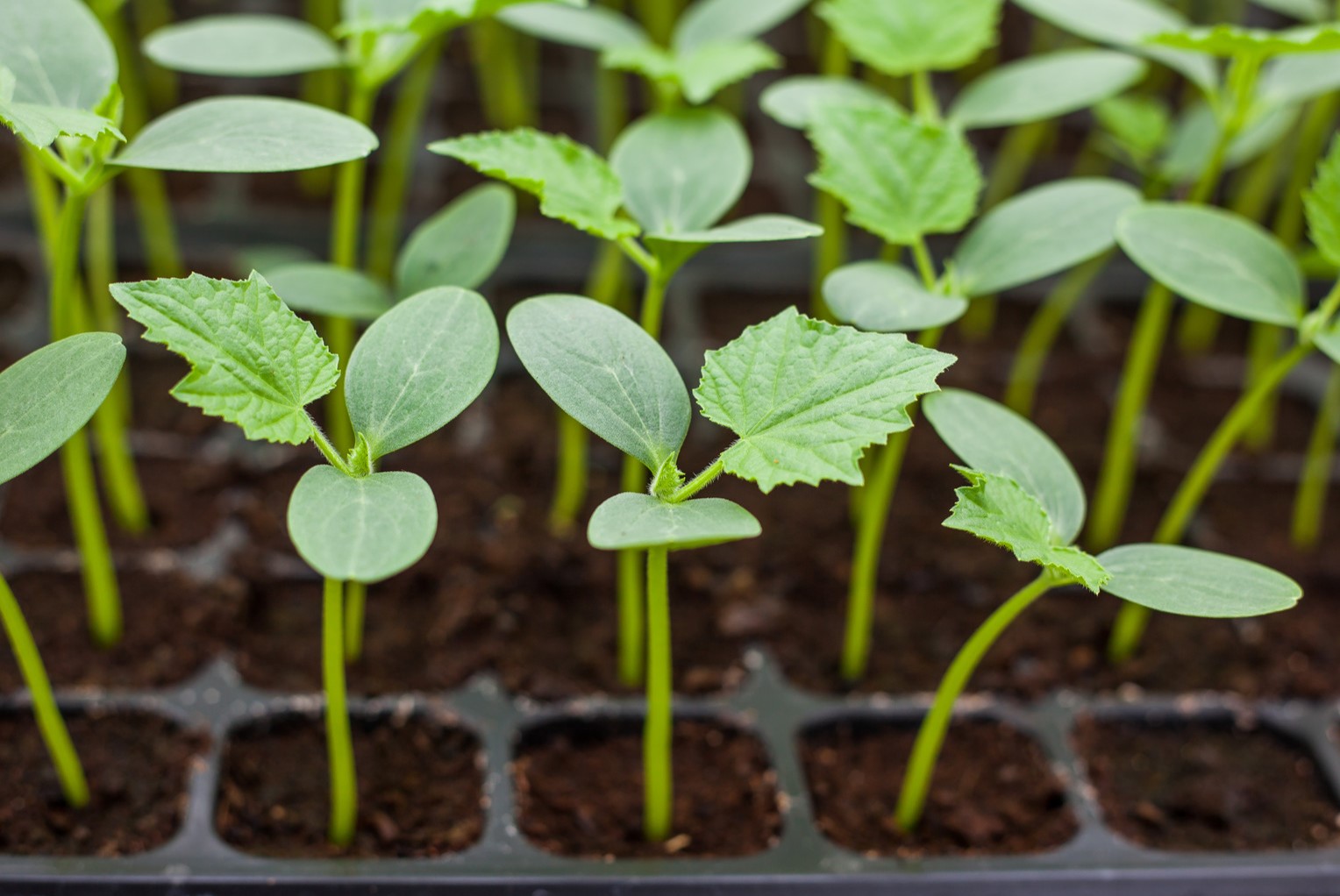
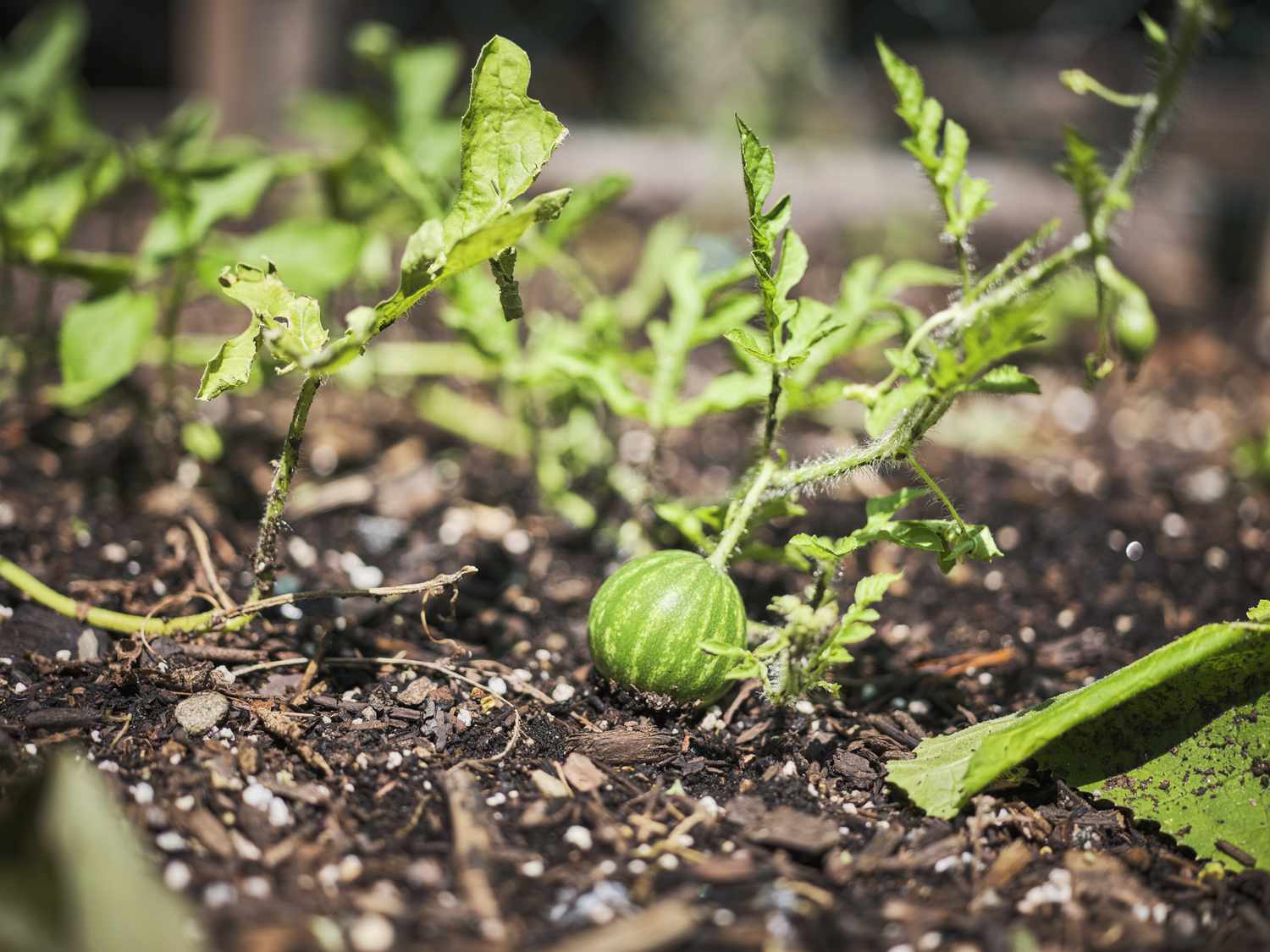
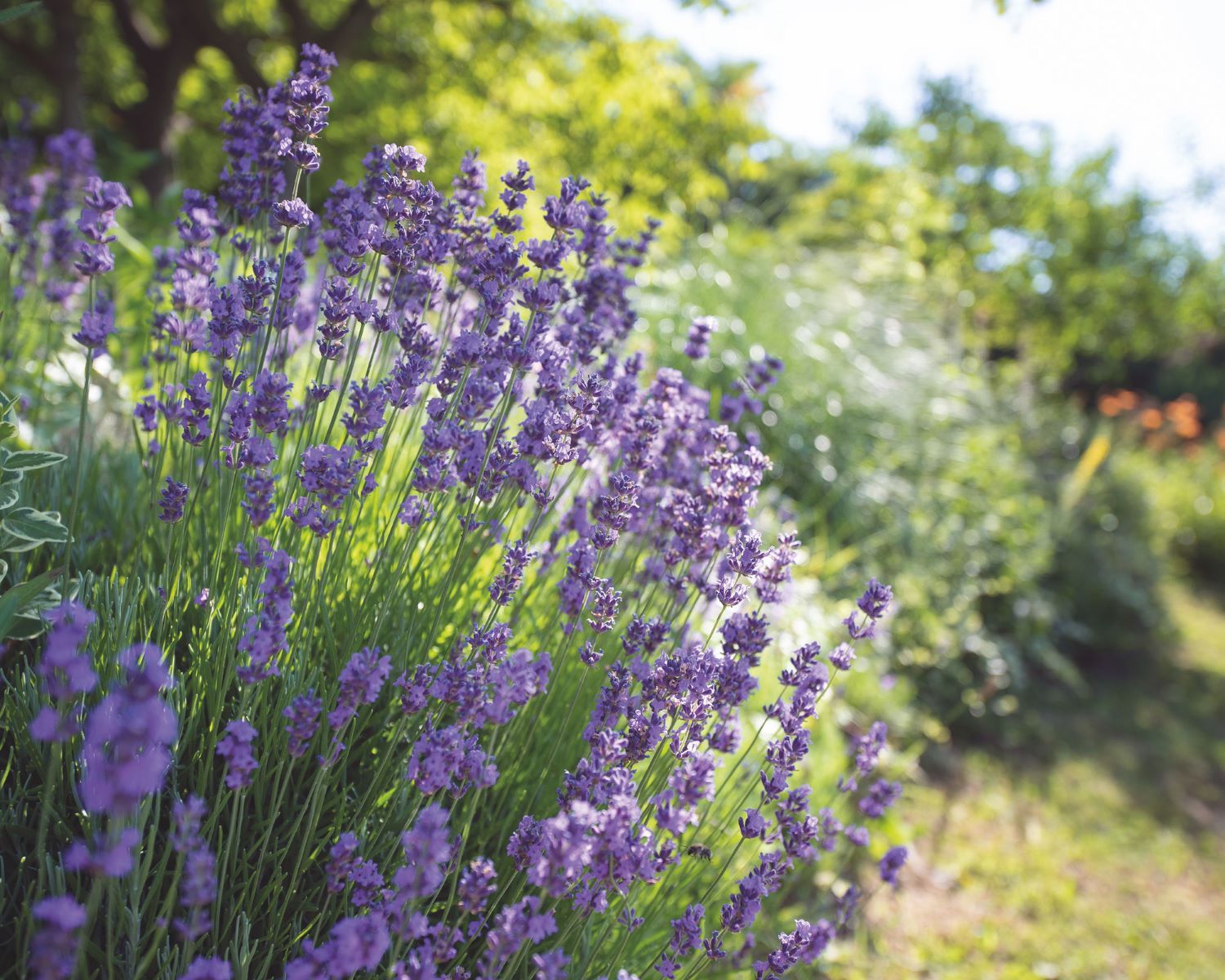
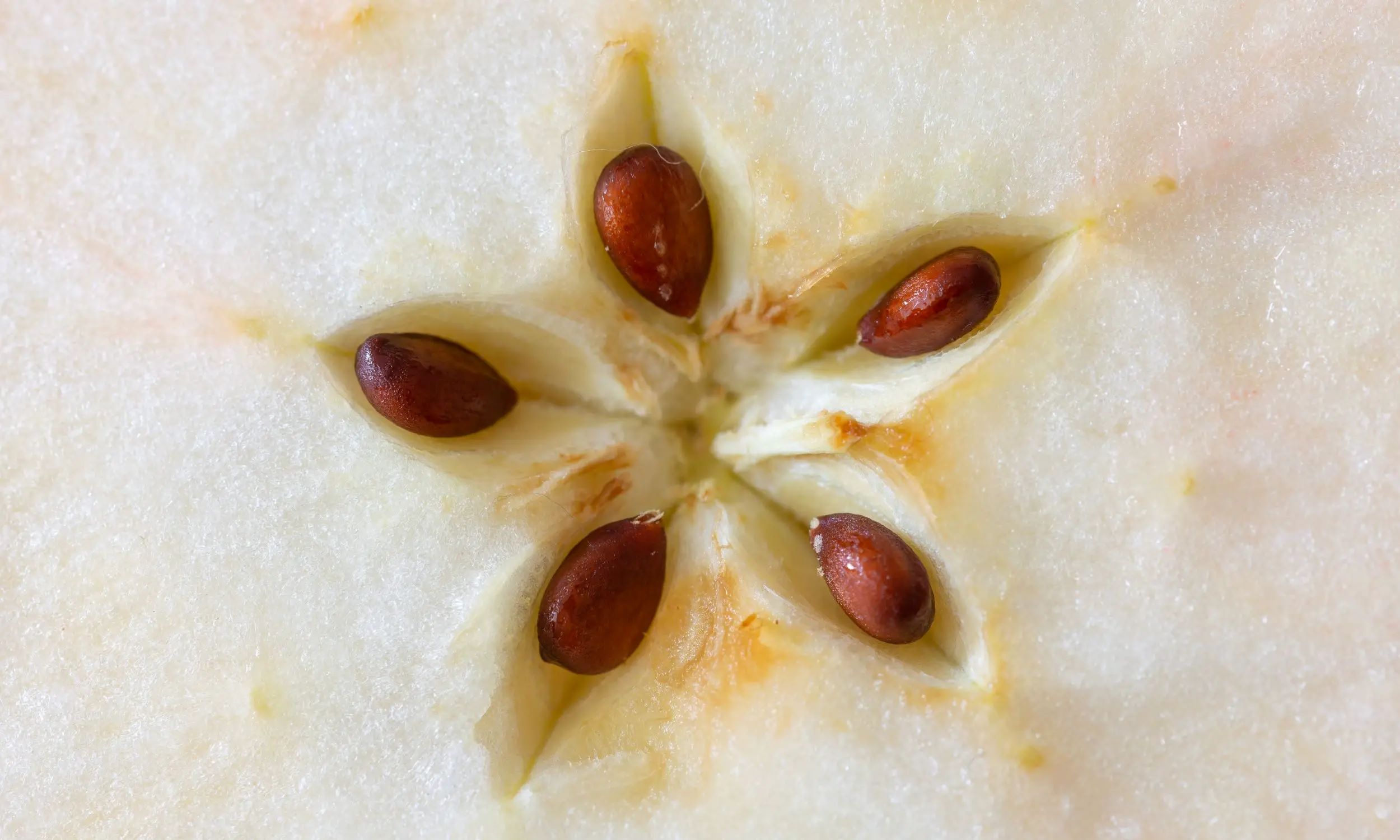
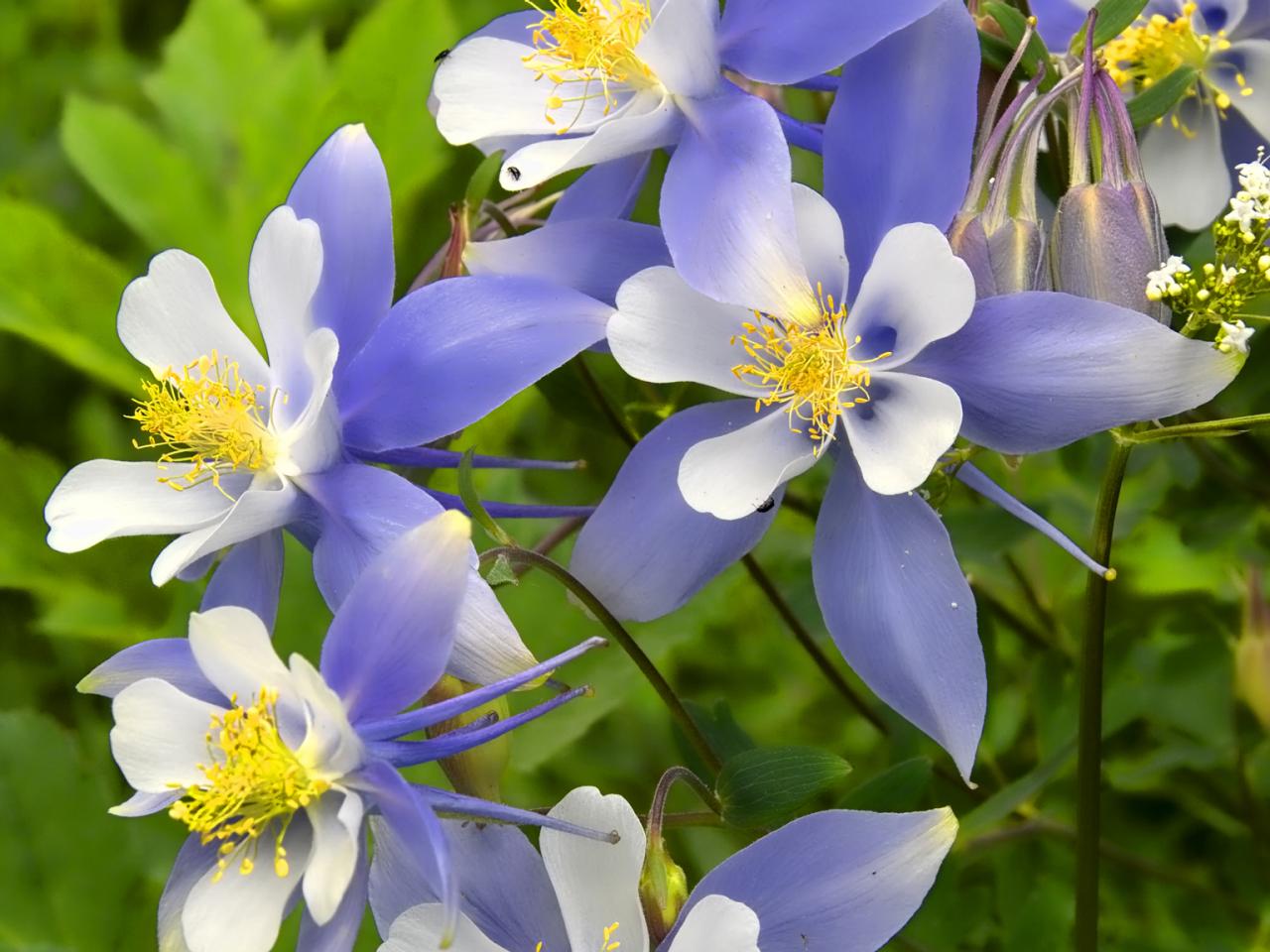
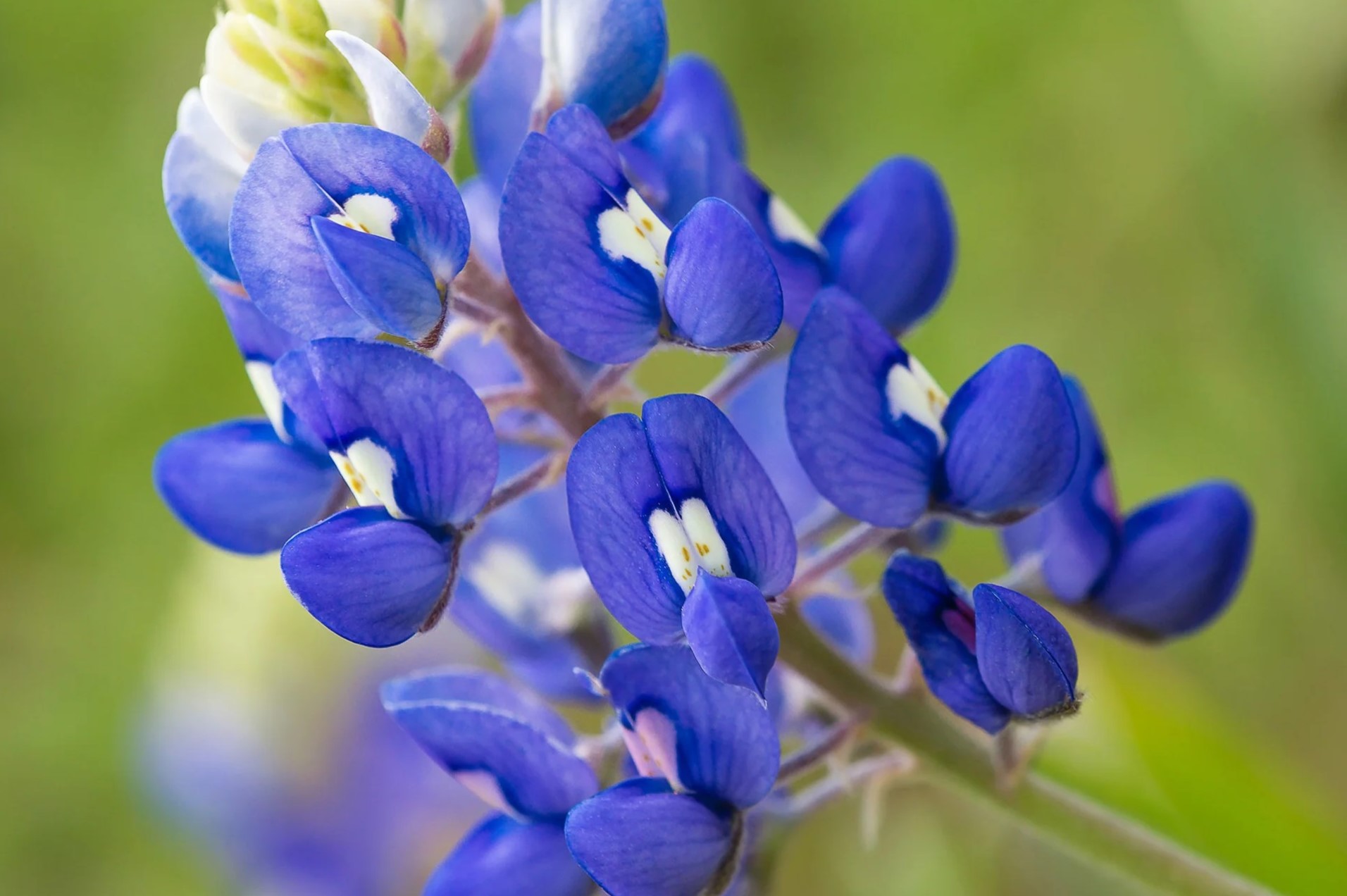
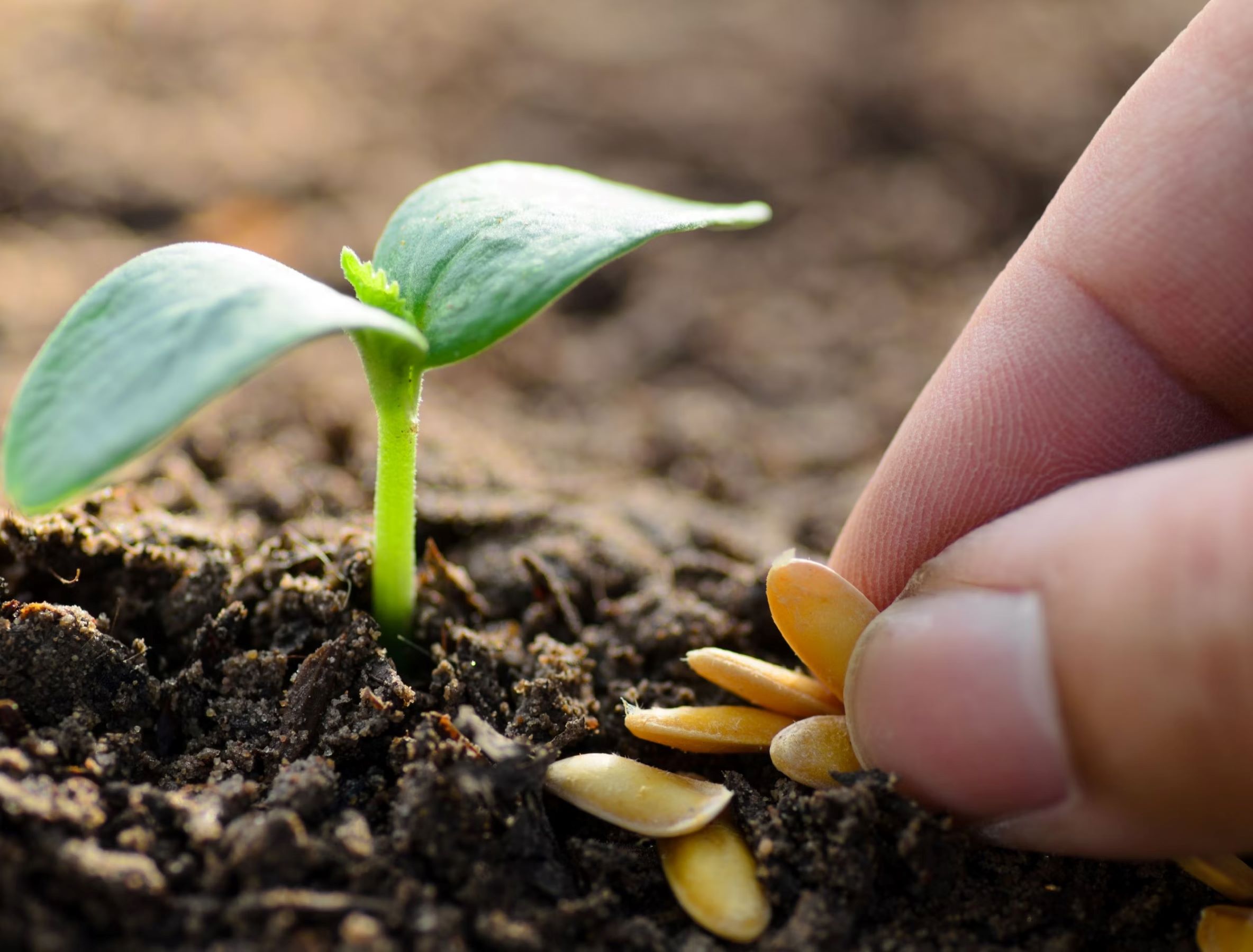
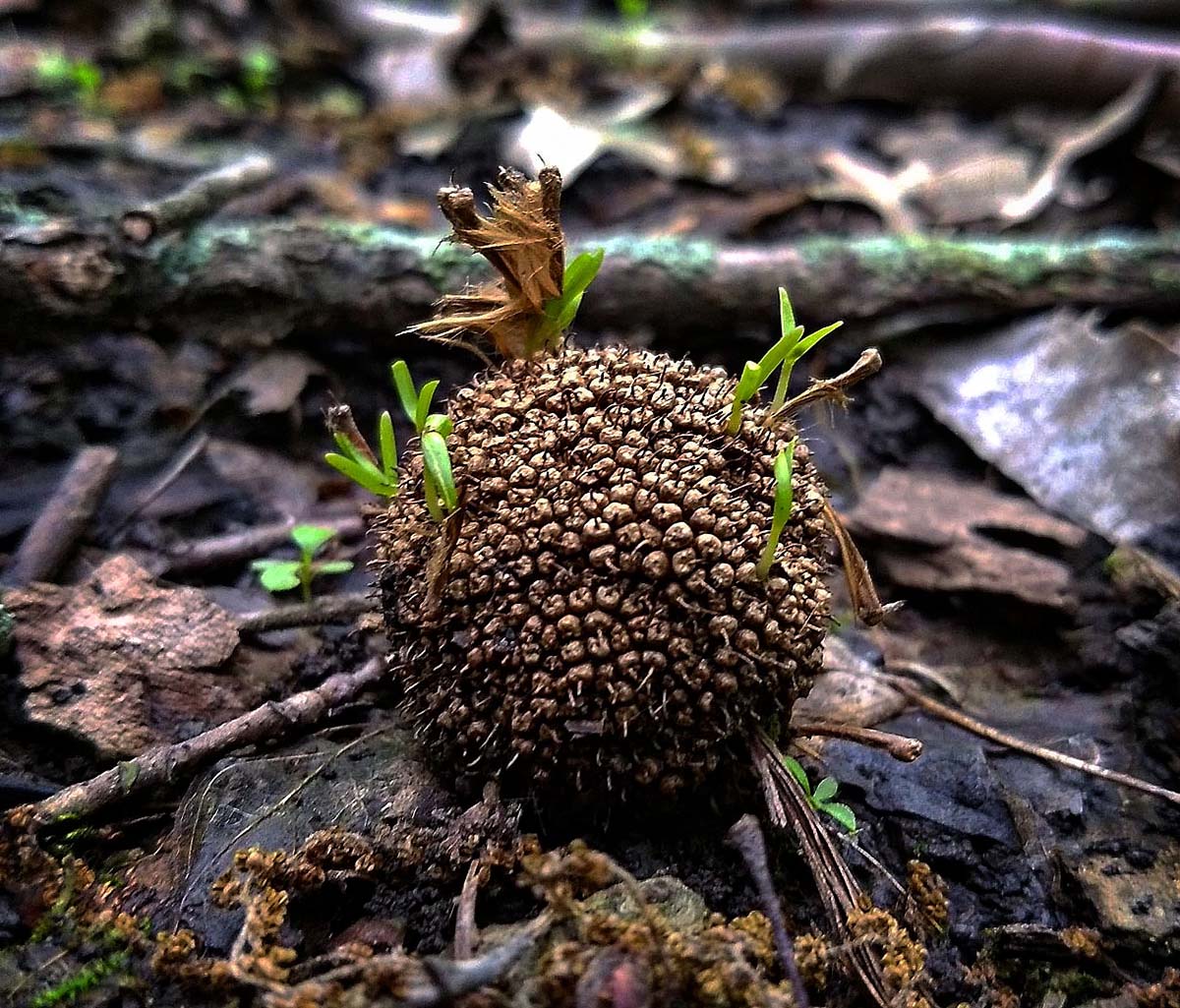
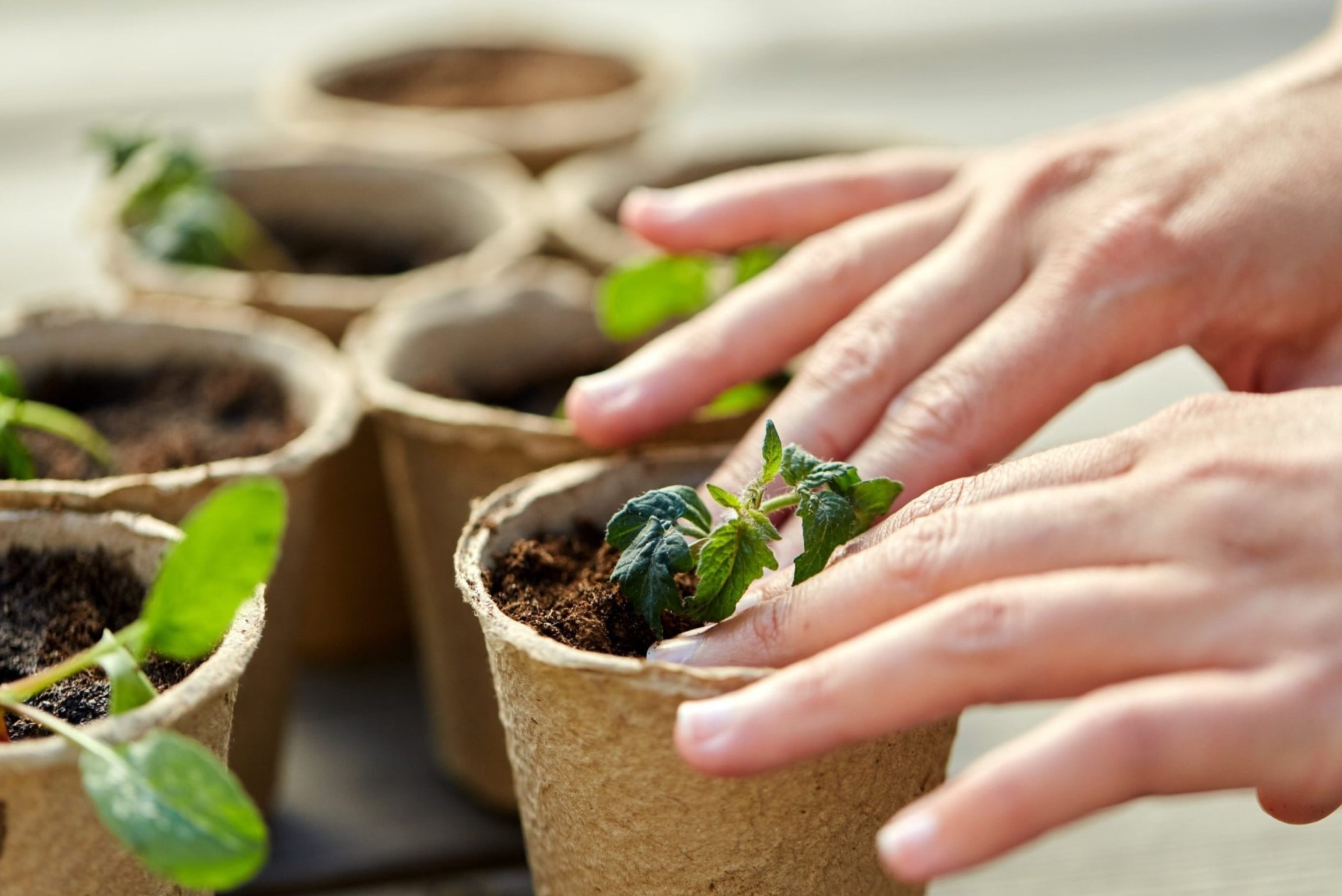
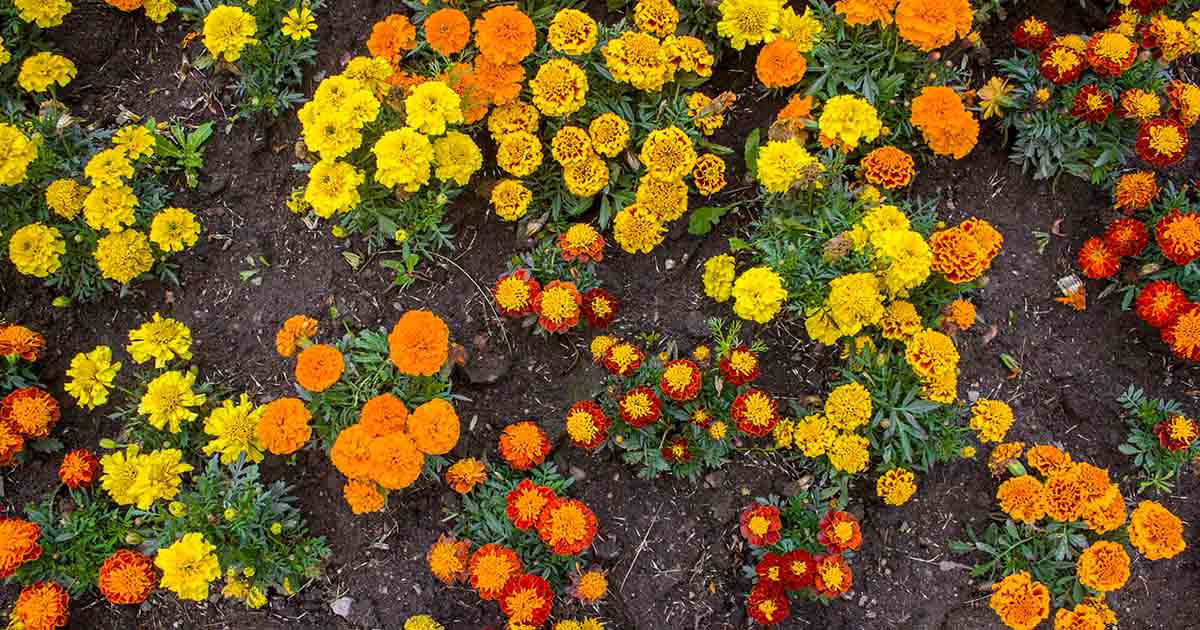
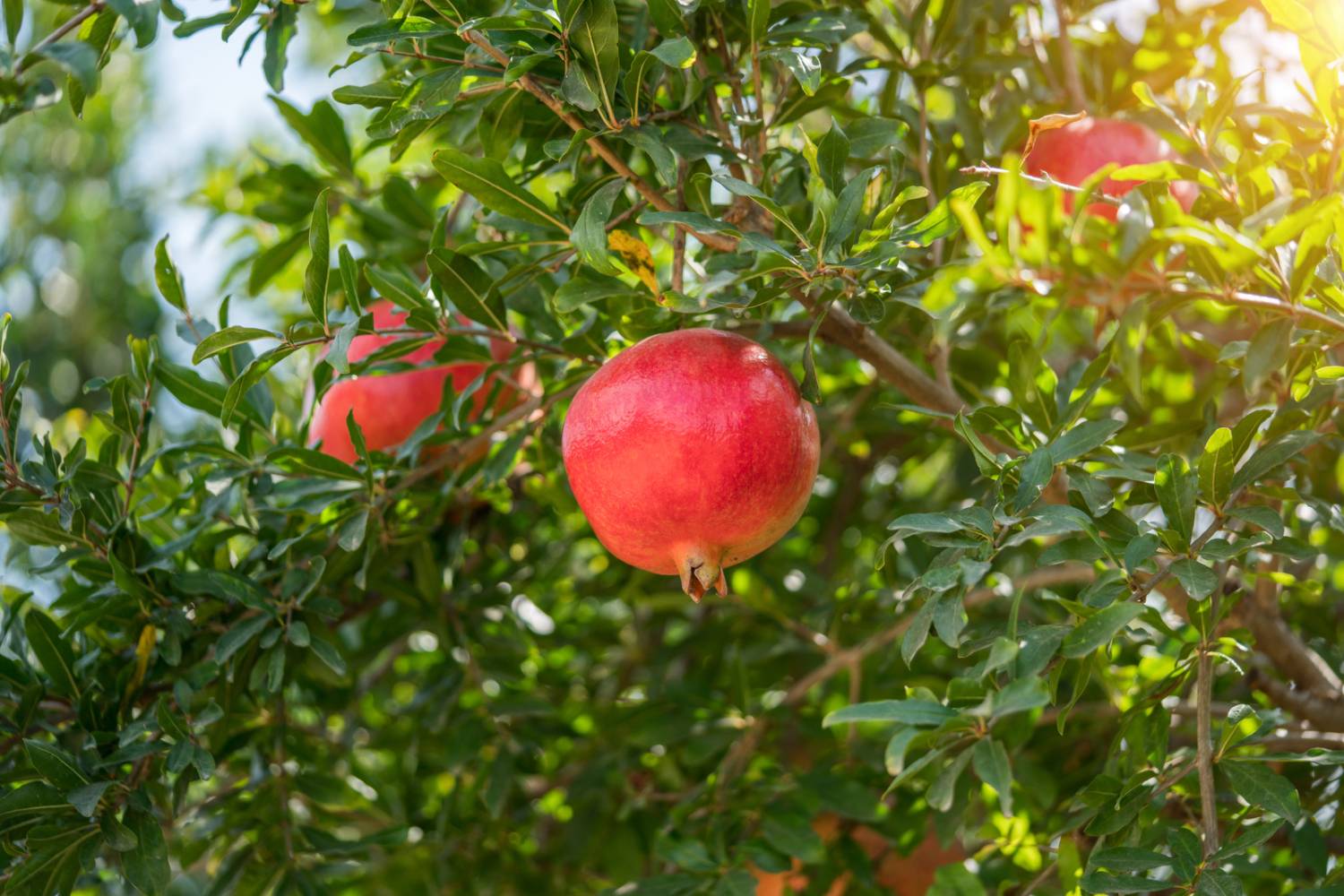
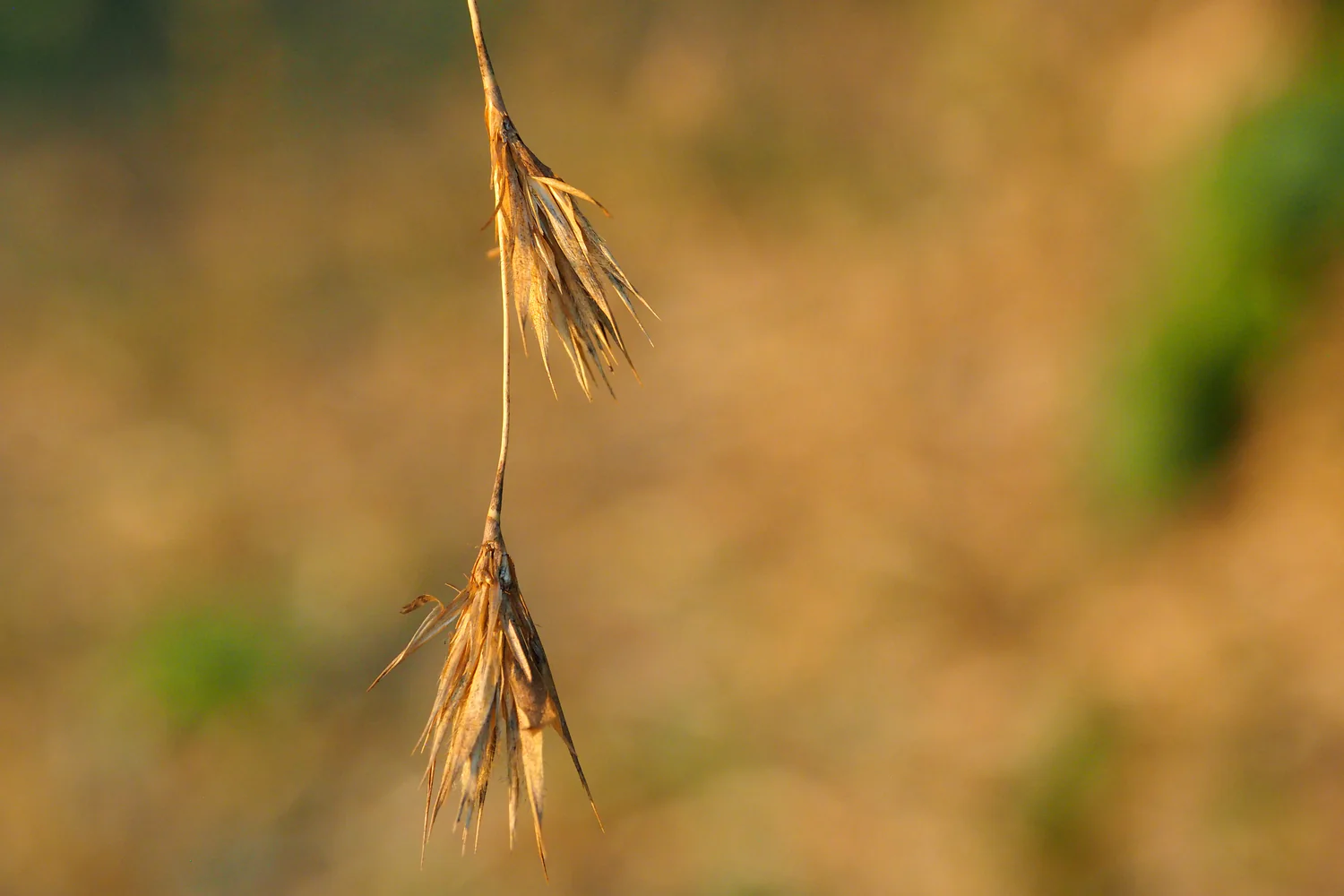
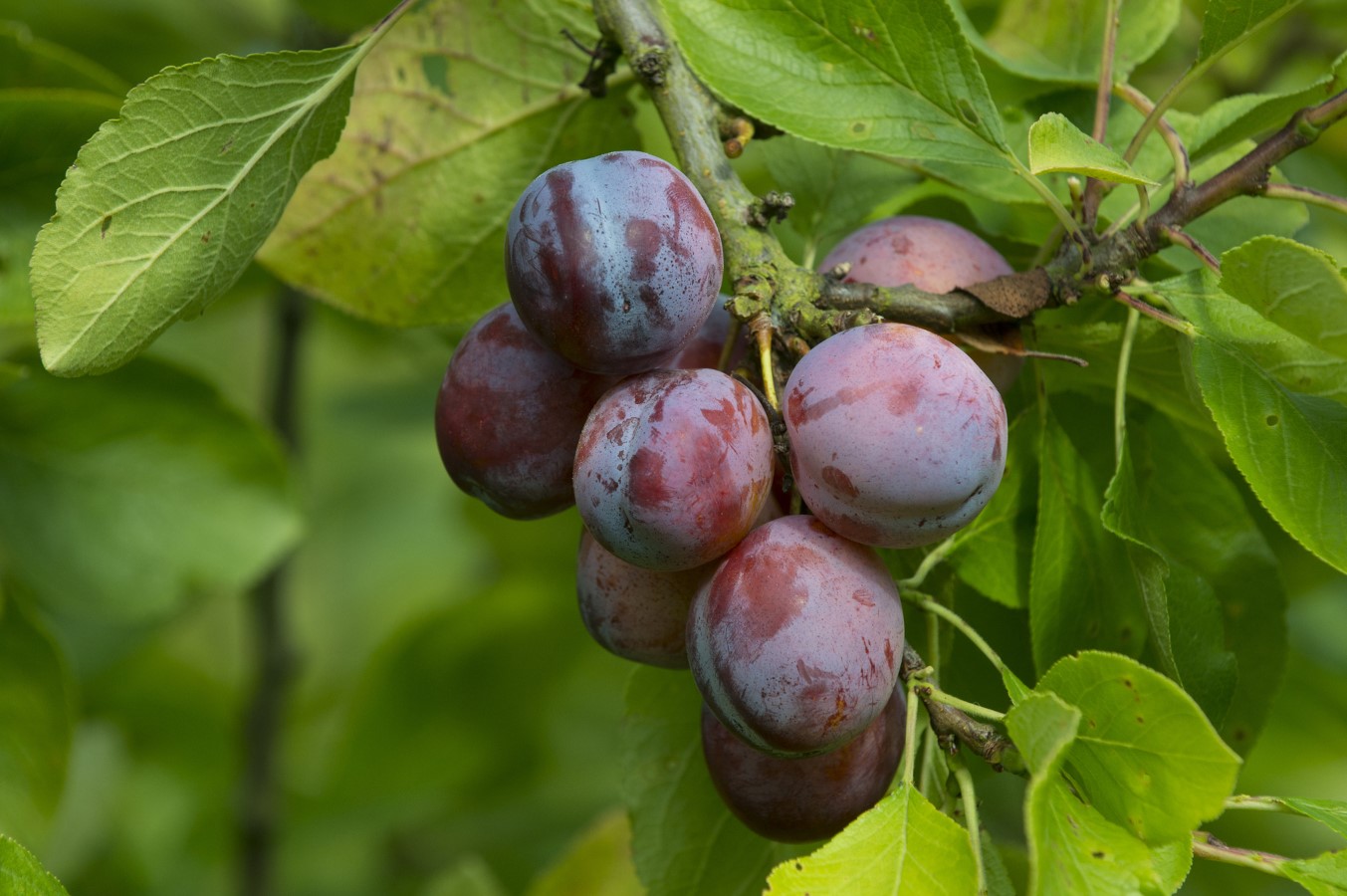

0 thoughts on “When Do You Plant Zinnia Seeds”